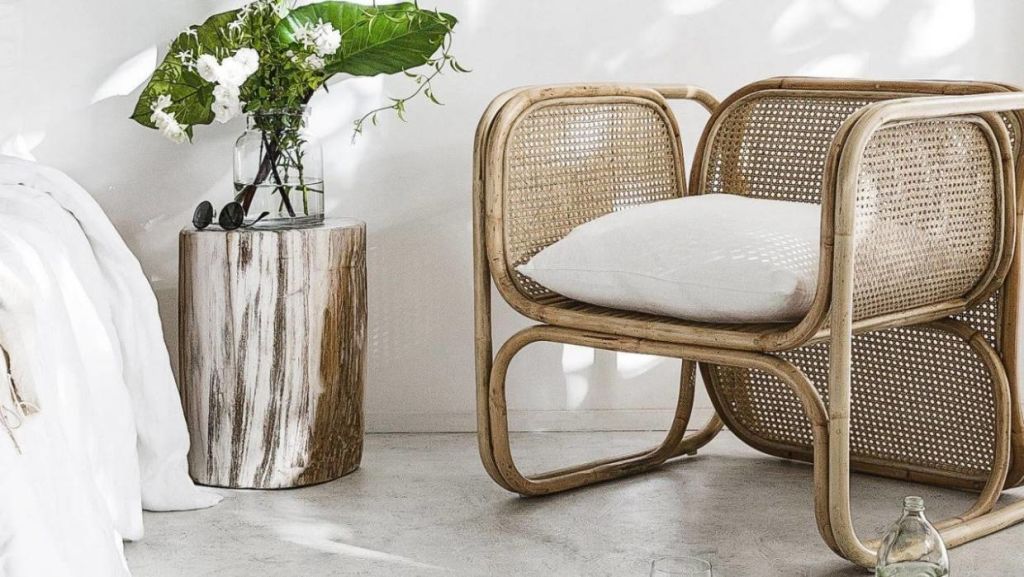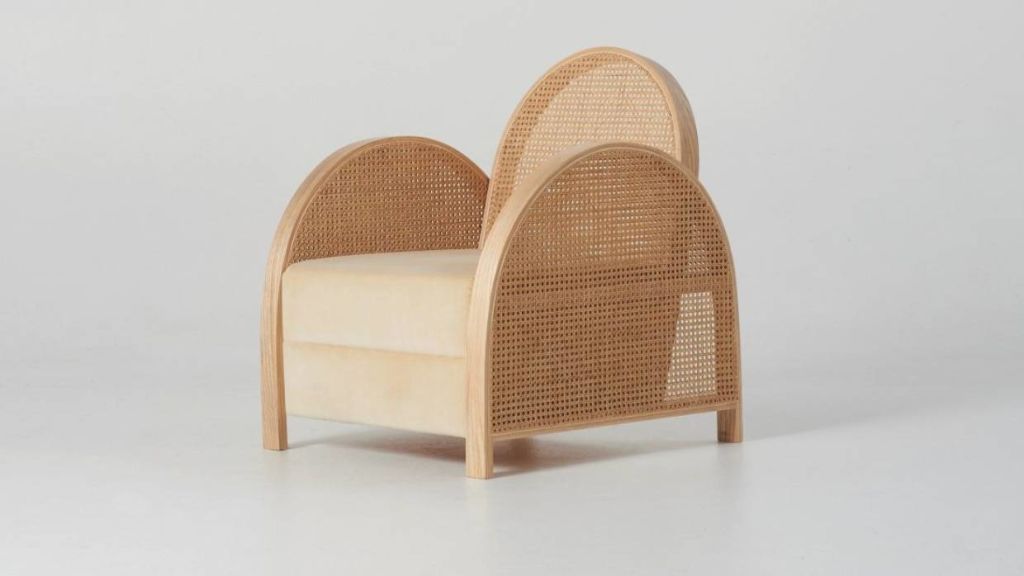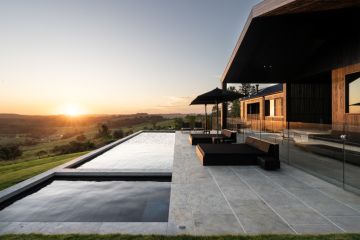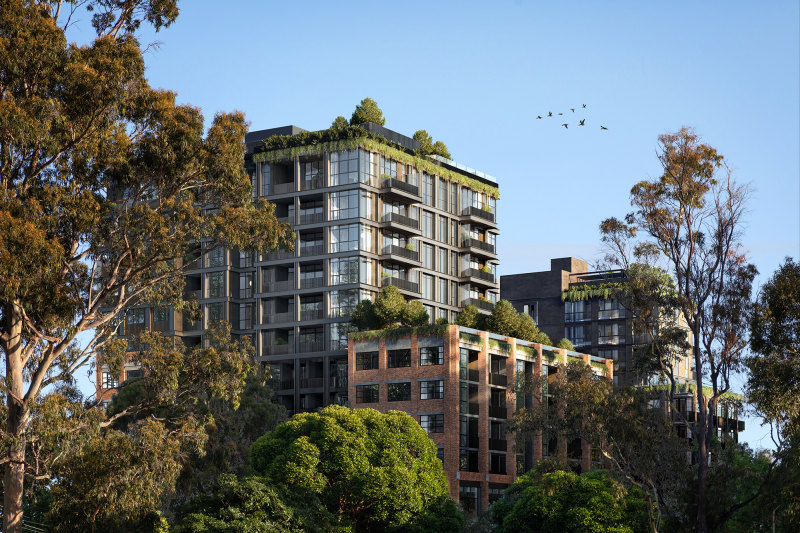This retro homewares trend is making a big comeback

Retro bamboo furniture and homewares are having a resurgence, and that’s good news for everyone. While trends that come and go add to the problems of a throwaway world, as one of the most environmentally friendly resources available, bamboo can give you an almost guilt-free reason to redecorate.
And it’s versatile, used for everything from flooring to fabrics as well as bamboo, cane and rattan homeware.
Stylist Amy Tennent, who runs interiors blog Milo & Mitzy, says: “When you think of cane furniture you may think of an old set of table and chairs sitting on your grandparents’ verandah or the light shades your mum saved hard for when you were young, but cane furniture is more than that these days. Furniture designers are now reinventing the cane trend in a big way, whether it be a small tray, mirror or basket or a large, relaxed and inviting day bed.”
From cheap and cheerful to high-end designer styles, cane furniture can generally suit most homes. “The natural material used and the incredible woven techniques add texture and richness to many rooms of varying styles,” says Tennent. “Often we think that cane furniture is just suited to a boho style but it’s a relaxed vibe with a touch of modern.

“I designed a sofa with New Zealand furniture company Woodwrights and used a touch of cane. It shows how well cane can mix with other materials and finishings such as leather and wood. I will always be a fan of a cane armchair and cane lampshades. The bigger the better, really. Mixing my cane pieces up with contemporary and antique pieces works well for me. And the fact that there are some amazing cane pieces lying around in second hand stores is an absolute win-win.”
Trade Aid’s Bonne Becconsall calls bamboo the new wonder plant. “It’s very versatile, durable and best of all sustainable. It can grow in the most inhospitable parts of the world. Our bamboo products from Craftlink in Vietnam, from homeware to textiles to musical instruments, are all handmade from ethical sources.”
Bamboo has a long list of eco-friendly credentials: it’s self-generating and fast-growing with little water and without the need for pesticides or fertilisers and it reduces carbon dioxide, it’s hard-wearing and food safe, as a fabric it’s absorbent and soft – and it’s even edible.
Annabelle Plowman, owner of Annabelle’s homeware stores, sources her stocks of bamboo furniture from Indonesia. “I think bamboo furniture is the perfect balance of modernity and tradition,” she says. “It gives the feeling of old world charm and plantation living. When using bamboo furniture you can create a tropical colonial style. I love mixing it with my other more rustic and ethnic pieces as I find it can give a more sophisticated look.”
She calls bamboo an endlessly renewable resource. “Bamboo is not a tree, it’s a grass, and it grows like one. So bamboo renews itself readily, unlike hardwood trees, which, once cut, are gone forever.”
Tennent agrees. “The fact that cane furniture is environmentally friendly is a big tick in my books. Bamboo is a gast growing and a renewable resource. Trust me, it is fast growing. I can’t get rid of it in my garden… I’d best get weaving!”
- This story originally appeared on stuff.co.nz
We recommend
We thought you might like
States
Capital Cities
Capital Cities - Rentals
Popular Areas
Allhomes
More







